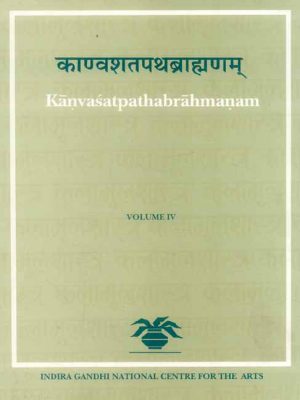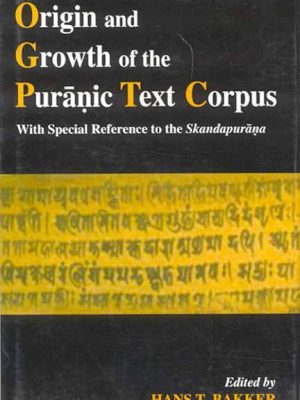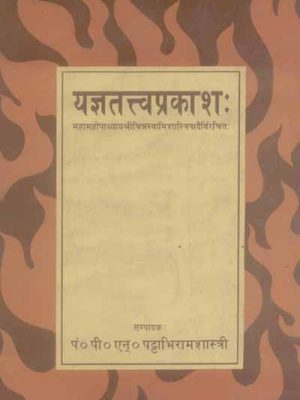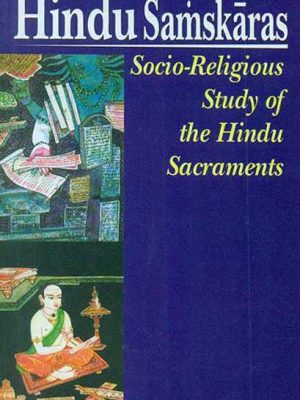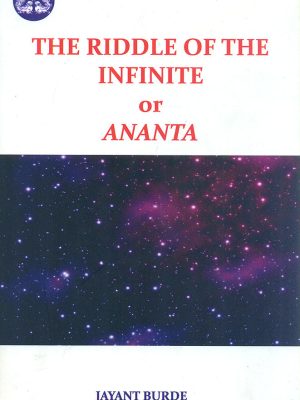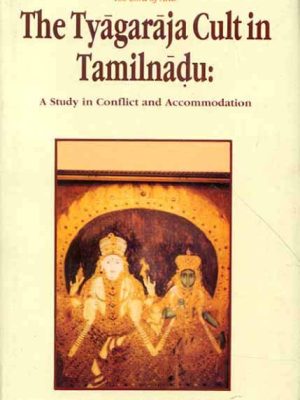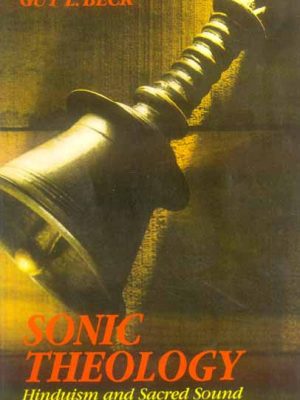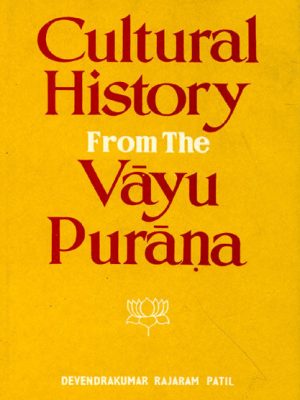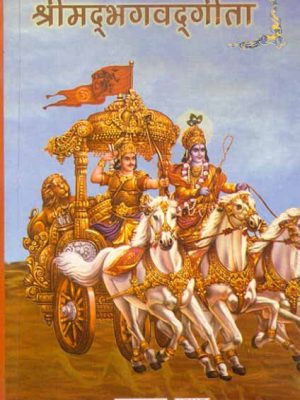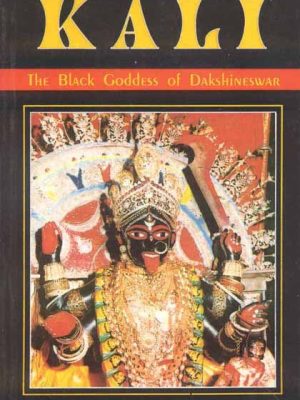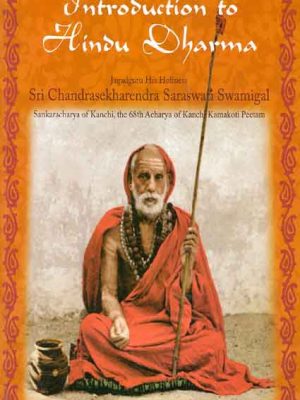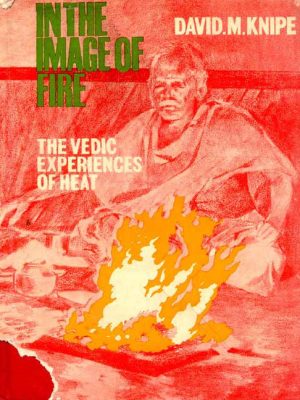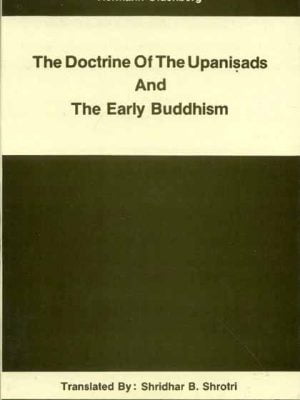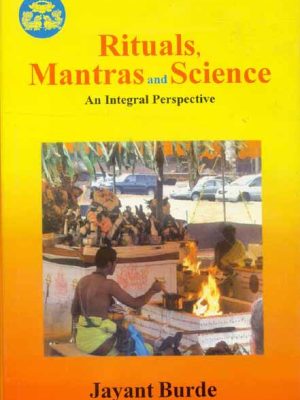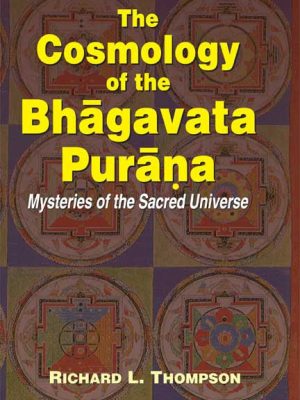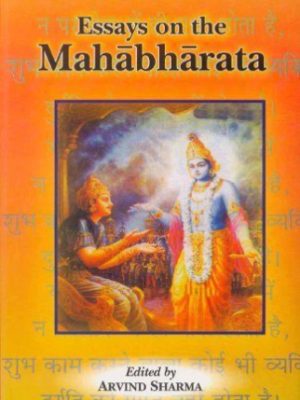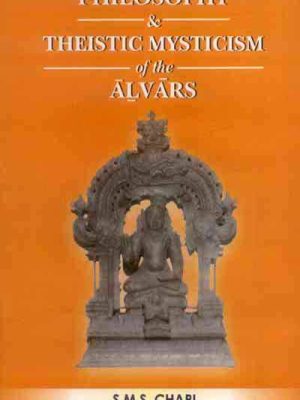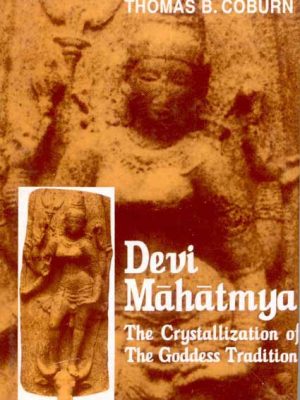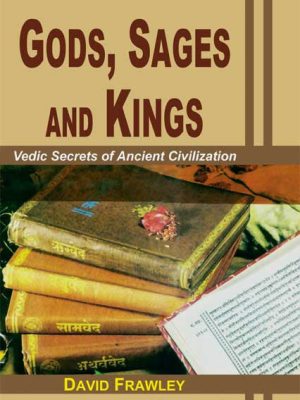Hinduism and Its Sources
-
-
Origin and Growth of the Puranic Text Corpus: With Special Reference to the Skandapurana
Origin and Growth of the Puranic Text Corpus: With Special Reference to the Skandapurana
The Purana panel that was part of the 12th World Sanskrit Conference that was held in Helsinki in July 2003 was intended to investigate deviations from the original Purana texts, and the papers that were presented at that panel are gathered in this collection. They concentrate mostly on the original Skandapurana, which is an excellent resource for research on the beginnings, development, and growth of the Purana writings as well as the theological advancements that these works depict.
The order in which the chapters of this book are presented has a purpose, even if each chapter may be read independently of the others. The first portion of Bakker’s contribution might be seen as a kind of introduction to the topic being discussed. The second component of the analysis focuses on a portion of the text in which the distinction between recension and other categories does not have a significant impact. Torzsok and Harimoto’s contributions centre on the transmission of the Purana and its evolution into a variety of recensions during the course of their research.
Author
Hans T. Bakker
₹600.00 -
Yagyatattvaprakash-Chinnswami Shastri Virchit
Yagyatattvaprakash-Chinnswami Shastri Virchit
Yagyatattvaprakash-Chinnswami Shastri Virchit
Author
P. N. Pattabhiram Shastri
₹645.00 -
Kali: The Black Goddess of Dakshineshwar
Kali: The Black Goddess of Dakshineshwar
Most major religions–Christianity, Judaism, Islam-do not acknowledge the feminine power of God. Nevertheless, this mysterious feminine power of God strikes a special chord in most people’s hearts. The concept of the Mother Goddess in the West–the meek, ever-loving, patiently suffering female-is very different than the image of Kali in the Hindu pantheon. The Dakshineswar Temple in India is devoted to the worship of Ma Kali, and this book tells you all about the temple and how Kali is worshipped there-here festivals, her daily rituals. You get an insight into mystics who attained God by worshipping Kali, and read about the Godman Sri Ramakrishna, who lived and worshipped there–her festivals, her daily rituals. You get an insight into mystics who attained God by worshipping Kali, and read about the Godman Sri Ramakrishna, who lived and worshipped the live image of Kali at the Dakshineswar Kali Temple. This is a living story, and one of
inspiration.
₹695.00 -
₹695.00
-
In the Image of Fire: The Vedic Experience of Heat
In the Image of Fire: The Vedic Experience of Heat
₹695.00 -
The Doctrine Of The Upanisads And The Early Buddhism
The Doctrine Of The Upanisads And The Early Buddhism
The first edition of this book was released in 1908.
Oldenberg gives a brief overview of the life and philosophy of Vedic Indians in the introduction of his book. During this time period, a magician may eventually advance to the role of a priest as a result of their advancement. The Vedas and the Brahmanas were written during this time period.
In Chapter I, which delves into the more ancient Upanisads, such as the Brhad Aranyaka Upanisad and the Chandogya Upanisad, it is first described how the concept of the Supreme Being, the one and only mystic power, was conceived in the words Brahman and Atman, and how these two entities merged with each other and became identical. This is done in the context of Chapter I’s discussion of the older Upanisads. After then, it moves on to a discussion of the theory of metempsychosis, which focuses on how it developed as a result of the relationship between the Supreme Being and the world of plurality. During this time, the magician-priest starts to transition into more of a philosophical role.
Chapter II deals with subsequent Upanisads such Kathaka Upanisad, Maitrayana Upanisad and Svetasvatara Upanisad. During this time period, there are convincing indications that the Samkhya Doctrine and the Yoga were only starting to take shape as distinct systems. Here, the culmination of human aspiration, the deliverance of oneself from anguish, is laid bare for everyone to see. In a nutshell, we see the evolution of thinking in Indian philosophy from a god of impersonal powers to a deity of personal powers.
However, it is noteworthy to note that a system that firmly supports the aspects of Yoga also strongly rejects theism and adheres to the gloomy philosophy of Indian mysticism, which is the Doctrine of Buddhism. This is discussed in further detail in Chapter III.
Author
Hermann Oldenberg
₹695.00 -
Rituals Mantras and Science: An Integral Perspective
Rituals Mantras and Science: An Integral Perspective
The author of this book explores the role that science plays in various rituals and mantras during the course of the book. Through the use of structural analysis, he demonstrates that rituals in general, regardless of whether they are religious, political, social, or any other kind, all have similar basic characteristics. Language is the only art form that does not share these patterns; poetry, music, dance, and gymnastics all do. After taking into account animal rituals as well as rituals that are associated with pathologies, he came up with a basic theory that unified all actions that resemble rituals.
Author
Jayant Burde
₹695.00 -
The Cosmology of the Bhagavata Purana: Mysteries of the Sacred Universe
The Cosmology of the Bhagavata Purana: Mysteries of the Sacred Universe
Traditional spiritual literature seem to be married to antiquated cosmologies, such as the flat earth and the sun riding in a chariot, which demonstrate, at best, the scientific limits of the people who wrote them. At first look, it would seem that the Bhagavata Purana, which is considered to be one of the most important religious texts in Hinduism, is not an exception to this rule. On the other hand, a more in-depth analysis of this book shows unexpectedly deep levels of understanding of ancient cosmology. This demonstrates that the cosmology of the Bhagavata Purana is an intricate system, since it has numerous layers of meaning that encode at least four distinct astronomical, geographical, and spiritual world models. Richard Thompson demonstrates how ancient scientists presented accurate information in language that seemed to be mythical by reading the text in light of current astronomy and analysing its implications. The ancient traditions of Egypt and the Near East suggest that India and these countries had early cultural linkages, including a science that was startlingly sophisticated at the time. Nevertheless, quantitative science is just one aspect of the bigger picture. This study also provides a transparent comprehension of the manner in which the spiritual component was incorporated into the cosmology of ancient India.
Author
Richard L. Thompson
₹695.00 -
Essays on the Mahabharata
Essays on the Mahabharata
This book is considered to be a classic analysis of a massive work known as the Mahabharata. It is maybe the longest epic in all of written history. It is an epic study of epics due to the voluminous size it has itself attained, the kaleidoscopic variety of the themes it covers, the great diversity of approaches it canvasses, the wide array of contributions it includes, and the high standard of scholarship it achieves. All of these factors combine to make it an epic study of epics. Students and academics specialising in Hinduism, comparative religion, comparative literature, comparative mythology, and classics are the target audience for this work.
Author
Arvind Sharma
₹695.00Essays on the Mahabharata
₹695.00 -
Philosophy and Theistic Mysticism of the Alvars
Philosophy and Theistic Mysticism of the Alvars
Alvars, the twelve Vaisnava saints of South India, who lived between the fifth and eighth centuries A.D., constitute a key era of Vaisnava philosophy and religion that laid the groundwork for the development of Visistadvaita Vedanta in the hands of Ramanuja and his renowned successors. Philosophy and Theistic Mysticism of the Alvars Four thousand devotional Tamil songs, collectively known as Nalayira-Divyaprabandham, full of philosophical and theological lessons, have been left to future generations as a rich legacy. A systematic presentation of these principles is presented in this work, without the development of theological and sectarian perspectives that were formed by commentators after Ramanuja. A thorough examination of the Alvars’ philosophy and mysticism based on the original source material is presented, with textual authority fully cited, under six broad headings: doctrine of ultimate reality (paratattva); god (Isvara); individual self (Jivatman); practise (Saddhana); and the supreme goal (parama-purusartha); and theistic mysticism. For the first time in English, a full and authoritative account of the Alvars’ philosophy and mysticism can be found in this work. For anyone interested in learning more about Vaisnavism and the Alvar sect, this book is a must-have for comparative religion majors.
Author
S.M. Srinivasa Chari
₹695.00 -
Devi Mahatmya: The Crystallization of the Goddes Tradition
Devi Mahatmya: The Crystallization of the Goddes Tradition
Both worshippers and academics of the Indian Great Goddess know the Devi-Mahatmya. It’s the earliest Sanskrit narrative of the Goddess and remains fundamental to the Goddess (Sakta) tradition. Like much in that tradition, the book eluded historical examination until today.
The central task here is to explore how an anonymous Sanskrit text
articulates a view of ultimate reality as feminine when there is virtually
no precedent in the Sanskrit tradition for such a view. To accomplish this
task, an appropriate method of scriptural analysis is developed. This
involves an examination of Hindu understanding of the Puranas in general,
and of the Devi Mahatmya in particular, along with consideration of several recent scholarly discussions, in india and elsewhere. Subsequently, a comprehensive inquiry into the Goddess’s epithets in this text is undertaken, followed by examination of the earlier history of the myths that the Devi-Mahatmya associates with her. The study culminates in
translations of the text’s hymns, which are annotated so as to indicate the
synthesis that is here being accomplished. The resulting illumination of
Sanskritized form of Goddess worship is what Daniel H.H. Ingalls calls in
his Foreword “a notable scholarly achievement”
Authored by
Thomas B. Coburn
About the author
Thomas B. Coburn is currently serving as the Charles A. Dana Professor of Religious Studies and has accumulated a significant number of scholarly works.
₹695.00
